As I continue to take my Fujifilm X20 on more adventures, I’m loving the feeling of complete liberation from having to lug around big gear like I’ve done for so many years. Camera bag? Forget it. I just wear it slung around my neck. I’ve done long hikes and entire multi day bike tours this way.
I’m also impressed by how well it performs as a serious camera, despite what Zach Arias says about the X20. I know that he loves his X100S, but the X100S doesn’t have a zoom lens, and Atlanta doesn’t have any mountains either. Believe me, when you’re shooting in the big outdoors, that 28-112mm f/2.0-f2.8 wide angle to short telephoto zoom really comes in handy. I’ll gladly trade a few pixels if it means I can get the shot I want.
The bottom line is this. For the wide mix of outdoor, travel, people action, aerial and landscape photography that I do, the X20 performs extremely well. The X-Trans sensor, which is the exact same sensor technology that’s used in all of the other high end Fuji X cameras, gives very sharp images with little noise.
JPEG vs. RAW
We all know how good the Fuji JPEGS are, but how good does the X20 do RAW? After having shot JPEGS exclusively on my X20 for months, I’ve started to experiment with shooting in RAW. After spending a little time with it, I have to say, I’m even more impressed with the results, which in turn, makes me love this little camera even more.
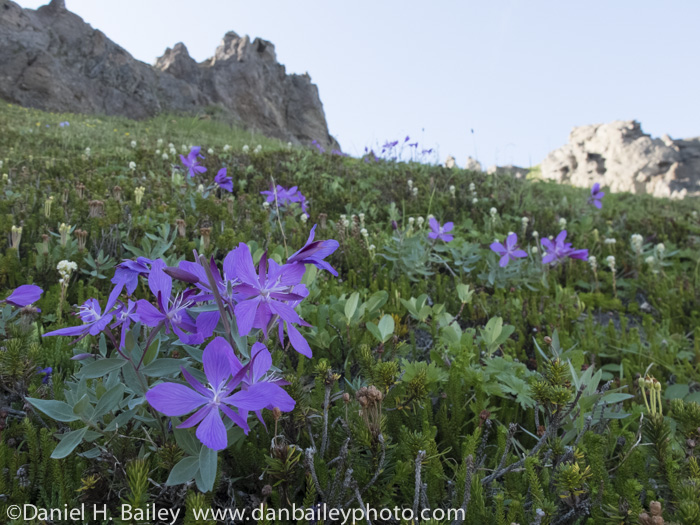 Here’s my scene: Flowers and foreground in the shade, on the east side of the ridge line, with blue sky and sunlit rocky peaks in the background. I shot this during a hike in Lake Clark National Park, on the west side of the Cook Inlet west of Anchorage, Alaska.
Here’s my scene: Flowers and foreground in the shade, on the east side of the ridge line, with blue sky and sunlit rocky peaks in the background. I shot this during a hike in Lake Clark National Park, on the west side of the Cook Inlet west of Anchorage, Alaska.
The shot above is what the camera wanted to do. Understandable. Any camera would have done that. Turn that nice metal +/-EV dial a few clicks to the minus side and I get the shot below. It’s a great looking JPEG (shot in Velvia film simulation mode) with rich color, good contrast and wide latitude.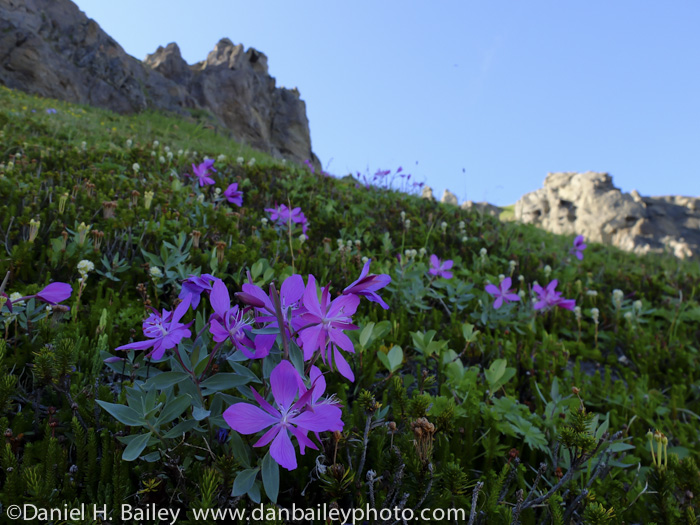 However, when zooming in, you can see one of the limitations of the X20, which is it’s ability to render very busy, highly detailed out of focus subject matter in the background. While the subject is extremely sharp, you can see that the foliage starts to break up a little bit. Combined with the smaller sensor, the demosaicing algorithm that’s built into the X20’s image processor isn’t perfect (no camera is), and the effect is some pixel distortion and artifacts in the image.
However, when zooming in, you can see one of the limitations of the X20, which is it’s ability to render very busy, highly detailed out of focus subject matter in the background. While the subject is extremely sharp, you can see that the foliage starts to break up a little bit. Combined with the smaller sensor, the demosaicing algorithm that’s built into the X20’s image processor isn’t perfect (no camera is), and the effect is some pixel distortion and artifacts in the image.
I can reduce the noise by adding some Luminance smoothing in Lightroom. It helps, but if I add too much, then I lose sharpness. Add sharpness back and I get the grain. It’s a fine line to walk. Always a tradeoff. As you can see below, it’s a LOT better. At this point, I’m still using Lighroom 4; the processing engine in Lightroom 5 is even more powerful and you can bet that it would do an even better job of reducing the noise.
What happens if I shoot in RAW? Let’s find out. For this scene, I shot in RAW+JPEG, so I have a RAW version of exact same image. Here is it below, straight out of the camera with no correction. It obviously lacks the bold color of the Velvia rendered JPEG, but I’ll have more latitude with which to work.
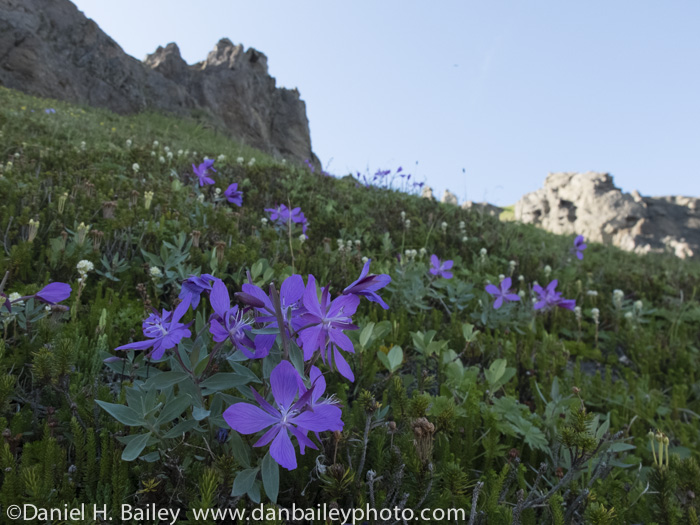 Give it a little love in the Develop panel in Lightroom, and I can add much more life to the image. Here I’ve reduced the highlights a tiny bit, tweaked the exposure and added vibrancy and clarity. It still doesn’t exactly like the Velvia JPEG, but Velvia isn’t always accurate with some colors, like the magenta/purple flower petals in this photo. Keep in mind, this was a fairly quick conversion and I’m sure that I could make it look even better if I spent more time. This one’s definitely a little too bright in the green areas, I’d probably want to bring those down a little bit more.
Give it a little love in the Develop panel in Lightroom, and I can add much more life to the image. Here I’ve reduced the highlights a tiny bit, tweaked the exposure and added vibrancy and clarity. It still doesn’t exactly like the Velvia JPEG, but Velvia isn’t always accurate with some colors, like the magenta/purple flower petals in this photo. Keep in mind, this was a fairly quick conversion and I’m sure that I could make it look even better if I spent more time. This one’s definitely a little too bright in the green areas, I’d probably want to bring those down a little bit more.
What about the noise? As you can see in the crop below, the noise and pixelation from the RAW file are much less “artifacty” than the noise in the JPEG. It’s much smoother, more grain-like. This tells us that a large part of the noise in X20 images is from the demosaicing in the JPEG processor. Shooting in RAW lets you start from scratch and work without those artifacts.
It also lets you rescue more highlights, extreme darks and tweak the colors the way you want then, if you’re unhappy with the Fuji colors in any of their film simulations. That said, I rarely find that at least one of the film sims won’t give me the look I’m going for, but for critical work, you need the ability to adjust.
Final Analysis
I always shoot RAW with my DSLRs, and that gives me maximum latitude for adjustment and fine tuning. The same thing applies to the X20, and for all the other Fuji X cameras, but the difference is that the Fuji JPEGS are just so damn good looking, I don’t often feel the need to shoot RAW.
I’ll probably continue to shoot primarily in JPEG mode with my X20, just because it saves me time, and because I just love the way that the images look. Keep in mind, this is only Velvia mode, which is just one of many film simulations that Fuji includes in the X cameras.
As I’ve said before, using the X20 and the X-E1 for me is largely about look and feel. It should be that for any camera. Fuji has done a great job in that department, but they’ve also given us the tools to do further adjustments if we feel the need.
Just because the X-Trans sensor is smaller in the X20 than it is in the X100S or the XPro-1 doesn’t mean that it’s any less powerful, it just has size limitations when you enlarge your images. However, since most of the photos we all take end up getting used on the web at much smaller sizes than full resolution, I find it to be a awesome combination of size, compactness, fun-ness and, yes, quality.
And for the times when I need to go bigger, or when I’m shooting a scene with high contrast, complicated lighting, or busy foliage in the background, I now have full confidence in the X20s RAW capabilities. This, of course, makes me feel even better about leaving the house with only the X20 around my shoulder when I want to go extremely light and fast. It makes me love this great little camera even more.
If you haven’t seen my full review of the X20 and see how well it does for action photography, you can read it here.
Support this site: If you want to fall in love with the X20 too, or purchase any other new gear, please consider shopping through these links. It helps me keep cranking out articles like this. It’s like the “like” button, only better.
[iframe]<iframe iframe width=”120″ scrolling=”no” height=”240″ frameborder=”0″ style=”border:none;” border=”0″ src=”http://mer54715.datafeedfile.com/widget/aff_widget_prdt_generate-2.0.php?aff_num=6746&aff_net=1&widget_num=3504″ marginheight=”0″ marginwidth=”0″></iframe><iframe src=”http:///e/cm?lt1=_blank&bc1=000000&IS2=1&bg1=FFFFFF&fc1=000000&lc1=0000FF&t=danhbaisadvph-20&o=1&p=8&l=as4&m=amazon&f=ifr&ref=ss_til&asins=B00ATM1MHO” style=”width:120px;height:240px;” scrolling=”no” marginwidth=”0″ marginheight=”0″ frameborder=”0″></iframe>[/iframe]


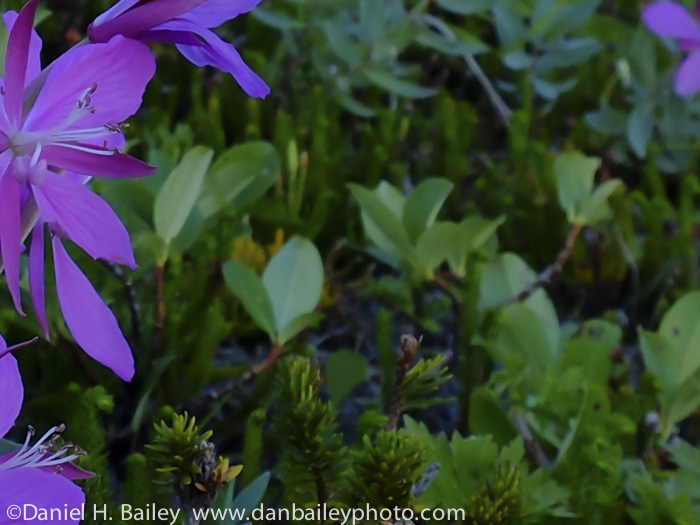
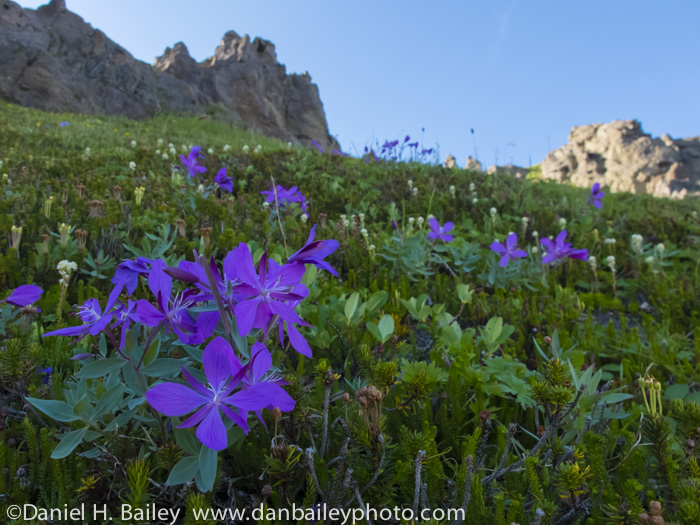
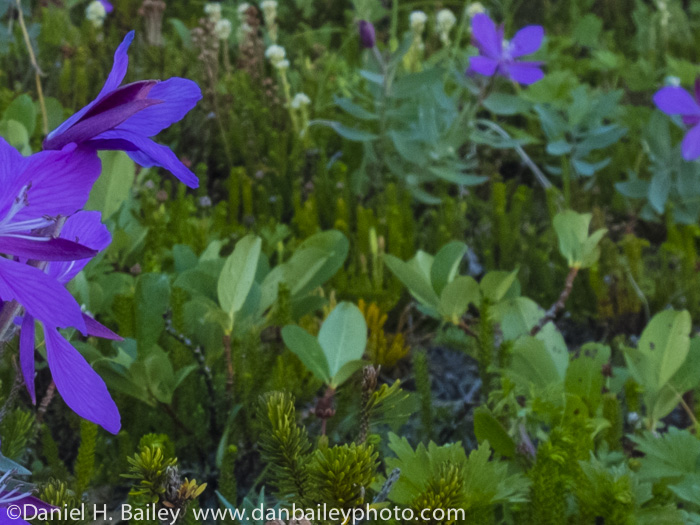
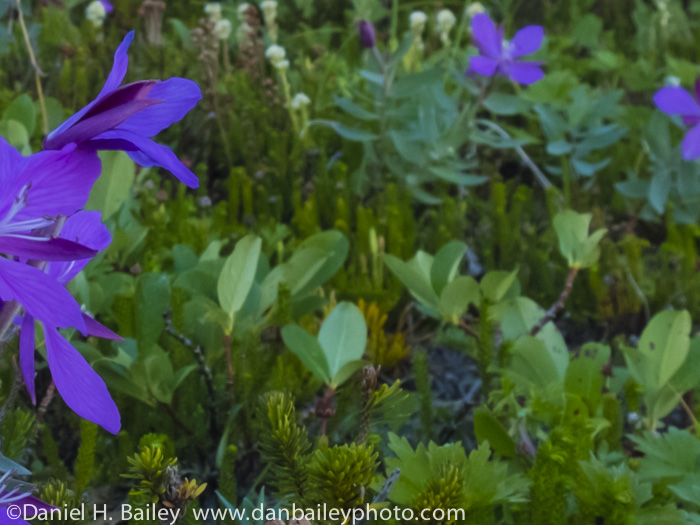
[…] Also, check out my comparison of RAW vs. JPEG on the X20. […]
Very nice overview of raw on the X20. I went from JPGs with my X10 to mostly raw with the X20 because I was getting better results.
JPGs are still great but when you need that little extra–as you’ve shown–there’s a lot of latitude in the raw files.
Beautiful backdrop for your demonstration as well.
Great comparison, but my own feelings are that for a pocketable P&S camera, with great lens and manual controls, the JPEGs are more than adequate. For more serious work I would still, and always use my 5D.
Nick, I tend to agree with you, but it’s nice to have the option for shooting RAW when you find yourself in front of an awesome subject and all you have is your little camera.
Dan, Great review. I prefer shooting this travel camera in jpeg too. Still gaining its feeling though.
I wonder what’s your C1 and C2 settings or what’s your advise?
I think my X20 C1 and C2 settings are as follows: (C1) Program mode with Velvia film sim and (C2) Program mode with B/W red filter film sim.
[…] JPEGs from this camera are, I’m eager to see what the RAW files look like. A few months ago, I did a test of how much more color information, latitude and sharpness could be wrangled out of the…, and I was pretty impressed. Seeing how that camera only has a 2/3″ sensor, I’m hoping […]